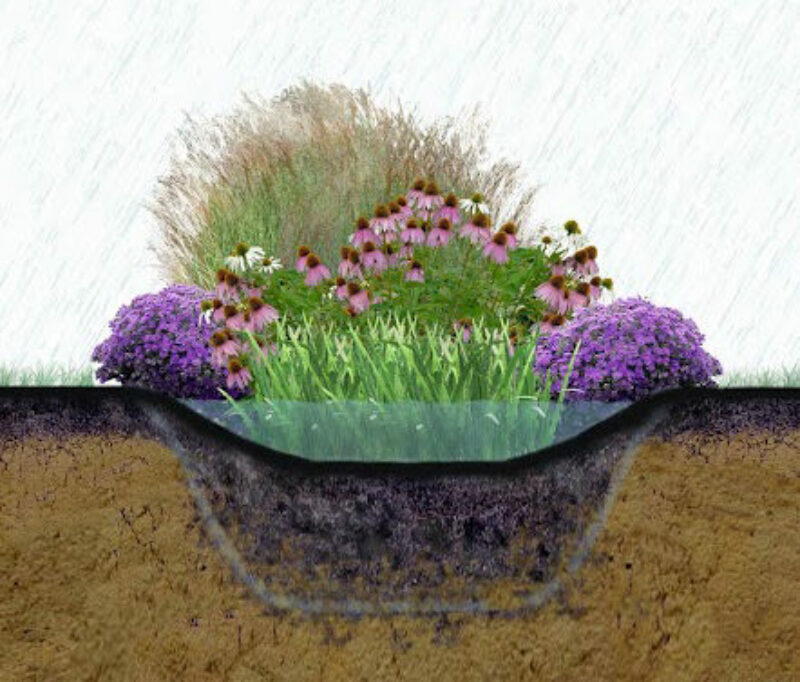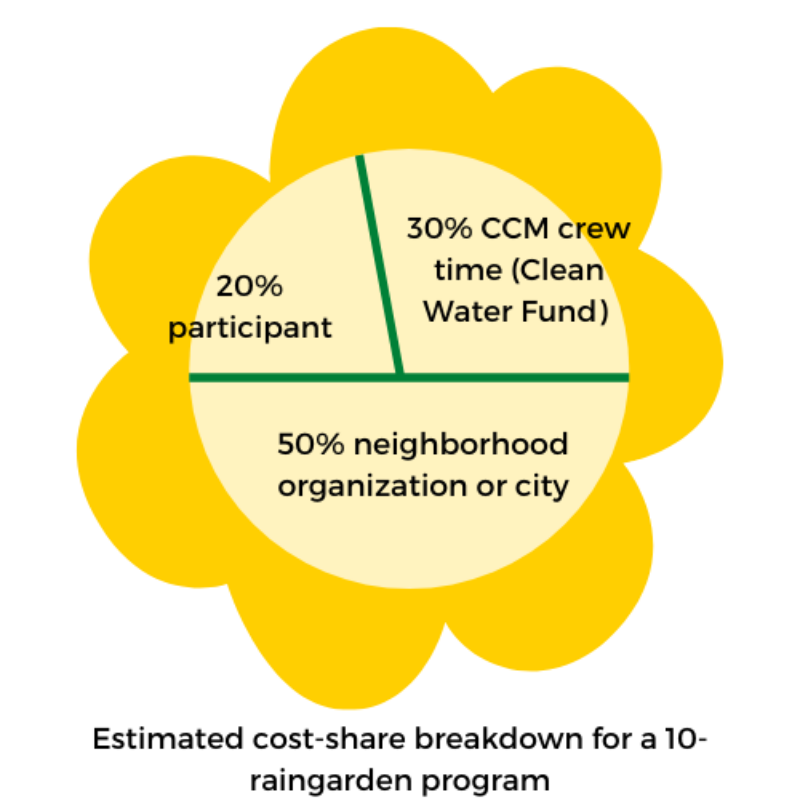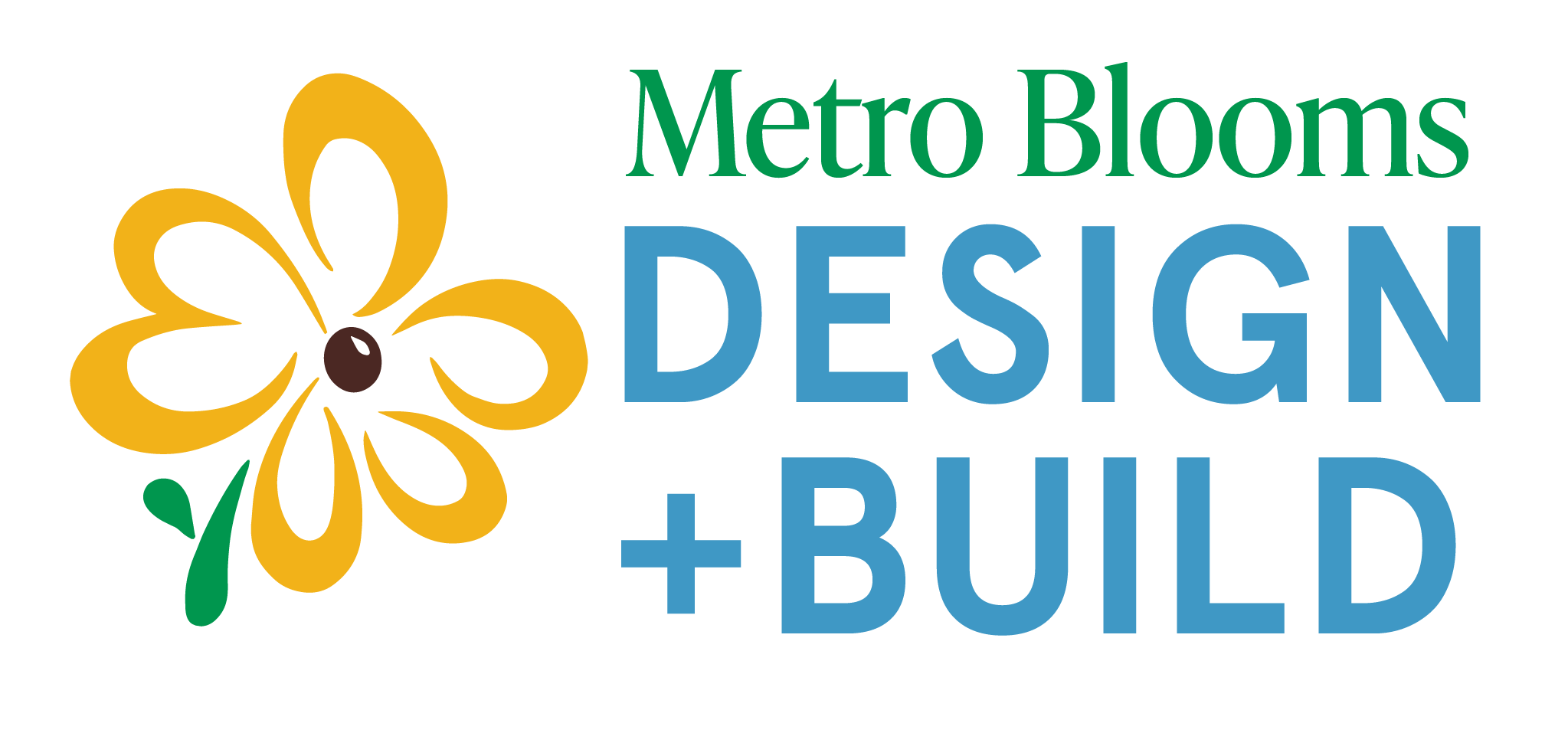We partner with neighborhoods and cities to make it easier and less expensive for residents to get a rain garden in their yard, working with partners to create a program that fits each community best. This program builds community awareness about clean water projects and supports our partners in helping their communities create resilient landscapes. In a little over a decade, Neighborhood of Rain Gardens has brought well over 1000 rain gardens and native plantings to dozens of Minneapolis neighborhoods and nearby cities. You can see some examples in our project gallery.
Neighborhood of Rain Gardens
Why rain gardens?

A rain garden is very much like other plantings but with a few important differences. It is a shallow depression that captures rainwater runoff, intercepting and filtering runoff. Otherwise the water would flow down driveways, streets and sidewalks, collecting pollutants before entering storm drains that empty into nearby lakes and streams. A rain garden stores and absorbs rainwater, which is taken up by the long roots of native plants or soaks deep into the earth. These actions help to break down pollutants, cleaning the water. Since they are typically planted with native plantings, rain gardens provide habitat for pollinators and other wildlife. This includes Minnesota’s state bee, the endangered rusty patched bumble bee. Learn more on our Blue Thumb website’s Resources page.
We tailor programming to fit community goals
- If your community wants to include the goal of protecting pollinators, this program is a great fit.
- If there is interest in engaging community members who are less likely to participate, we can help. For example, the program could include native plant container gardens for renters who don’t have land access or people with limited mobility.
- We offer “rain garden refresh” consults. We’re lucky to work in some communities year after year. We can visit previous participants and their raingardens to offer tips, do some weeding and replace plants or other elements.
- We can offer a program for 5 participants, or 35.
How Neighborhood of Rain Gardens works

Typically one of our designers does a site consult with each resident participant to plan the project, then creates a design. The Conservation Corps MN & Iowa (CCM) provides crew time to excavate and mulch the gardens. We order the plants and residents do the planting, guided by our design.
This is a cost-share program: Cities and neighborhoods pay a share of our work. In some cases they may be eligible for grants, and we can help them apply. Resident participants also pay a share, often part of the consultation fee and the cost of the plants. A large share is paid by a Clean Water Fund grant that covers the cost of the CCM crew (typical, though not guaranteed).
Programs vary
One neighborhood gives a community tour of installed gardens. Another one recruited volunteers to help plant the gardens. Still another neighborhood offered residents who received raingardens in the past “raingarden refresh” consultations (see above). What is consistent is that residents play a vital role in protecting water quality, creating habitat and beautifying their neighborhood.
What participants say

“We love our rain garden!”
“Neighbors ask about the garden and I love explaining what’s planted and why. I have wanted to do this for about 20 years and am SO glad to have the opportunity.”
“I just wanted to send a photo of my sweet rain garden. As you can see the intense watering over the heat spell is having rewards. All 51 plants are alive and thriving. Thanks so much for all your expertise!”
“I wanted to send along this photo of our wonderful new rain garden doing its job during the thunderstorm last week. We all really enjoyed watching it fill and drain during the downpour!”
